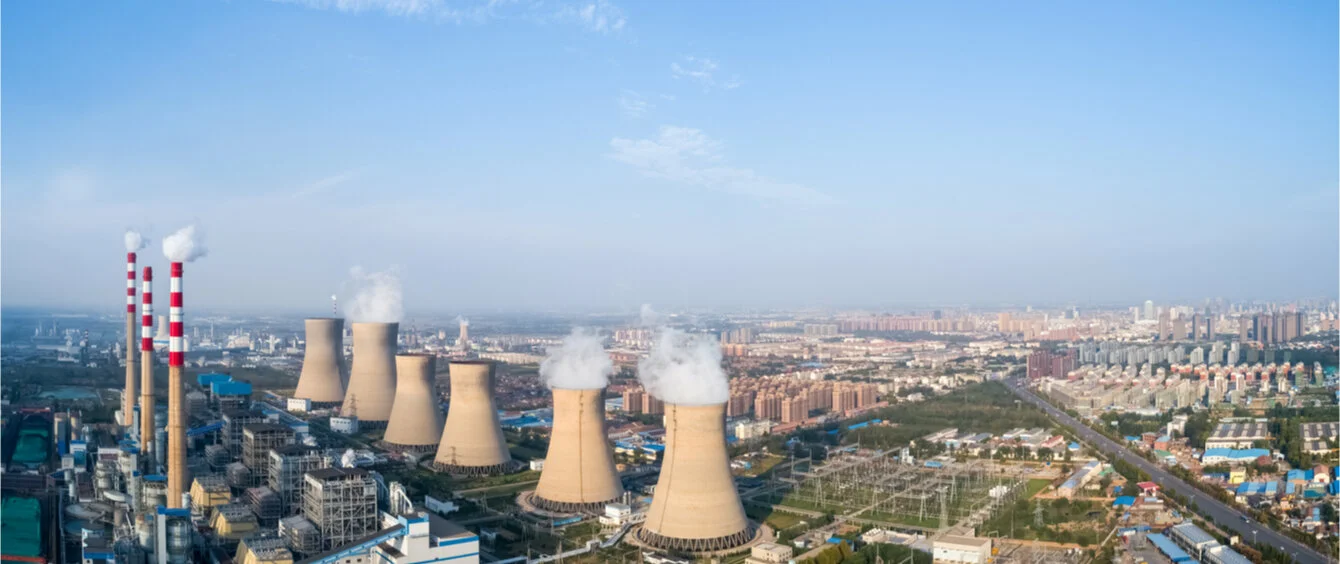No country invests as much money in renewable energy as China, reports Handelsblatt (German only). Also The Guardian reported on “China’s growing appetite for new coal-fired power stations” a few months ago. And yet, another article in the same newspaper states that midway through the past decade the vast Asian empire began massively expanding its coal-fired generation capacity. In fact, once the central government had transferred the responsibility for the expansion to the municipalities, there was even said to have been overcapacity. Even so, the government is still planning further coal-fired power plants.
Handelsblatt bases its report on the information in the Global Coal Exit List (GCEL), a data base to which multiple NGO’s contribute. According to the report, China is only one of 60 countries across the world that are set on increasing their coal-fired generation capacity – by 29 percent – thus increasing the current capacity of just over 2,000 gigawatts (GW) to 2,600 GW. China, however, accounts for almost 40 percent of planned new builds.
Paradoxically in 2018, the share of coal-fired power in China’s primary energy mix fell below 60 percent for the first time ever, reports the German government’s economic development agency Germany Trade & Invest (GTAI). And in 2020, this figure is to fall again, to 58 percent. In other words: China is expanding other forms of energy more than coal.
However, it is not the proportion of coal-fired power that is relevant for hitting the climate targets, but rather the total amount of high-emission energy. And, according to a GCEL expert quoted in Handelsblatt, China would still have to shut down 40 percent of its coal capacity in order to achieve these goals.
Photo credits: chuyuss, shutterstock.com
